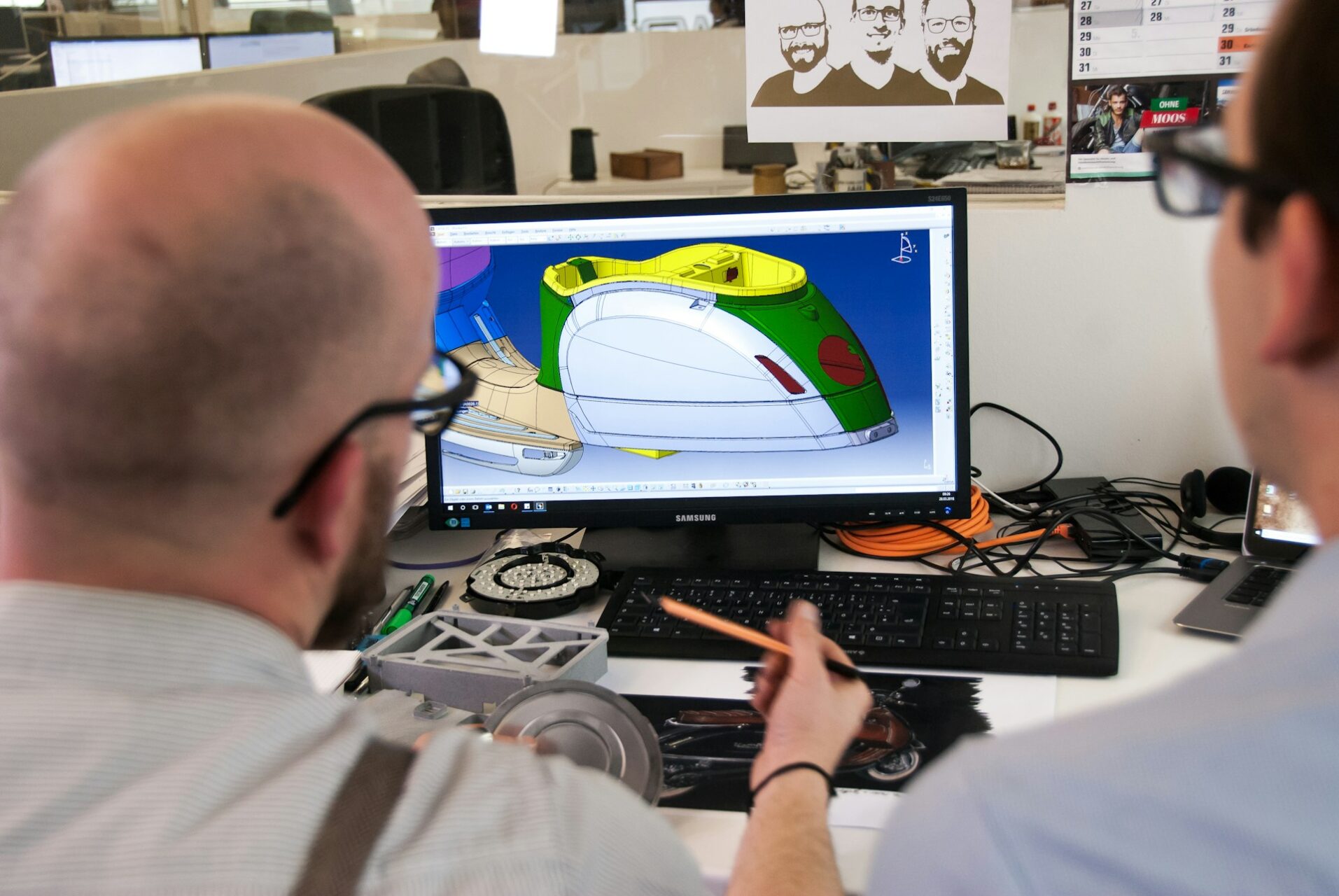
What You Need to Know About All the Manufacturing Industries
September 27, 2018 - Emily Newton
Revolutionized is reader-supported. When you buy through links on our site, we may earn an affiliate commision. Learn more here.
Manufacturing industries are always in flux, growing and shrinking at the whims of their customer bases. If you’re not an industry expert, it can be challenging to keep track of these shifts, especially if they make dramatic changes unbeknownst to the consumer. If you’re trying to become a savvy consumer, what do you need to know about all the manufacturing industries? Here’s an overview of six of them.
The Food and Beverage Industry
We’ve come a long way from having to hunt, clean and cook or smoke our own meat. The food and beverage industry is broken down into two categories: processing and distribution. Processing, as its name suggests, involves cooking, sorting, packaging and everything else involved in the creation of your favorite packaged foods.
The distribution side of the industry brings these foods to your local grocery store. Nationwide and global food distribution is relatively new. We just couldn’t transport food long distances until we established a nationwide rail network. Before that happened, most people would eat whatever was available in their area — shipping food cost a lot of money, and there was no guarantee it would be fresh when it arrived.
In recent years, agriculture has also been included as part of the food and beverage industry, which goes to show how much agriculture has changed over the years. The industry has had to shift to keep up with increasing demands — with more than 325 million mouths to feed in the United States alone, old-school farming techniques just don’t cut it anymore.
The Medical Manufacturing Industry
Everything from the over-the-counter pain medication in your cabinet to the pacemaker implanted in your grandfather’s chest comes from the medical manufacturing industry. Medical instruments have been used since the beginning of human medicine, but we’ve come a long way since then.
The medical manufacturing industry didn’t start making an appearance until the middle of the 19th century. Instead of making their own tools, medical professionals began to rely on the industry for the majority of their equipment.
It is also one of the most profitable industries. In 2017, medical device spending reached $155 billion, and there are more than 6500 companies that specialize in medical devices in the United States alone. This growth slowed a little bit due to the 2.3 percent medical device tax implemented alongside the affordable care act, but with the Trump administration working to repeal that tax, that could be changing in the not-too-distant future.
The Distribution Industry
Have you ever looked at the stocked shelves in your favorite grocery or department store and wondered how all those products got there? That is the distribution industry at work. Trucks transport more than 70 percent of the consumer goods moved in the United States, but the industry is having to change its collective business models due to advancing technology.
The Internet of Things — using networked or ‘smart’ devices — is changing the way data is being handled, as well as how things like inventory are done. Robotics and automation software are removing the need for human workers, which is making the industry more efficient but also contributing to unemployment throughout the country.
Even big companies like Amazon are starting to threaten the distribution industry. Many consumers are switching to Amazon because of their vast inventory, as well as the convenience of two-day delivery.
The Electronics and Computers Industry
This is probably the industry you’re most familiar with. It produces the computers you game on, the cell phone in your pocket and many other electronic devices. This industry differs from some of the others on this list in that the production workers only make up a small part of the overall workforce.
Most of the companies in this industry are also very small — tech startups often have less than 20 employees. Even Microsoft, one of the biggest tech companies in the world, started out with two people — Bill Gates and Paul Allen — in a garage.
Much of the technology revolves around one part of the industry: batteries. Mobile devices especially need a battery to keep them running, which has led to many advances in battery technology. Except for the battery in the Samsung Galaxy Note 7 — those we would prefer to forget about.
The Fabrication Industry
The fabrication industry is a broad term for metal fabrication, which involves companies that create parts and products out of metal through the use of bending, shaping, casting and forging. Just about all manufacturing industries, from automotive and air travel to power generation, mining and infrastructure uses products from this industry.
Industry workers also handle the work needed to obtain the raw materials — such as mining iron, copper and other metals from the ground — and transform them into various parts and products. It is a very capital-intensive industry that is very dependent on the state of the economy. When the economy is looking up, it’s easy for the fabrication industry to absorb production costs.
hen the economy takes a downturn, it becomes more difficult, and fabrication companies start looking for ways to cut costs.
The Petroleum, Chemicals and Plastics Industry
This is an extensive industry, but it covers a lot of different products, from the gasoline that powers your car to the plastic used to make your reusable or disposable water bottle. The Middle East has been in control of the world’s oil resources for decades. The United States has been trying to find local oil sources, but we don’t have as much that is easily accessible.
Petroleum has more uses than just masking gasoline and plastics, though. It is an ingredient in soaps and pesticides, as well as resin and paint. Petroleum products are present in more items than most people realize.
This is just a small fraction of the industries out there, and many of them can be broken down into specific categories depending on the needs of the individual sector. We interact with so many of these industries on a daily basis without even realizing it. Think about that the next time you buy a new phone or choose a new shirt from the department store — where did your product actually come from? What manufacturing industries created your product?
Revolutionized is reader-supported. When you buy through links on our site, we may earn an affiliate commision. Learn more here.
Author
Emily Newton
Emily Newton is a technology and industrial journalist and the Editor in Chief of Revolutionized. She manages the sites publishing schedule, SEO optimization and content strategy. Emily enjoys writing and researching articles about how technology is changing every industry. When she isn't working, Emily enjoys playing video games or curling up with a good book.




